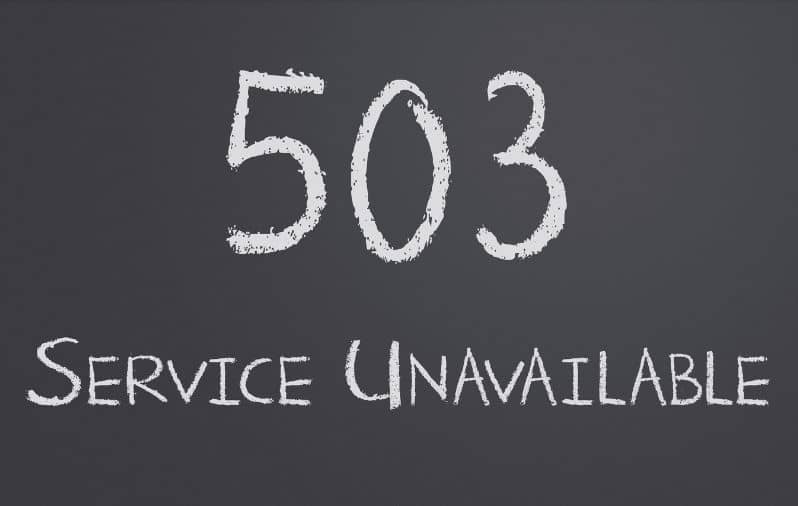
In the realm of SEO (Search Engine Optimization), understanding how Google perceives different HTTP status codes is crucial for maintaining a healthy website presence. One such status code that often raises concerns among website owners and an SEO consultant or digital marketing agency is the 503 “Service Unavailable” error.
In this article, we delve into Google’s perspective on the impact of 503 status codes on SEO and provide actionable insights for mitigating any potential negative effects.
What is a 503 Status Code?
Before we delve into Google’s stance, let’s briefly recap what a 503 status code signifies. When a server is unable to handle a request due to temporary overload or maintenance, it responds with a 503 status code. Essentially, it communicates to both users and search engine crawlers that the server is currently unable to handle the request, but the situation is temporary.
Google’s Clarification on 503 Status Codes
How does Google interpret and respond to 503 status codes?
Acceptable Downtime: According to Illyes, short periods of downtime, typically lasting between 10 to 15 minutes, are considered acceptable by Google. These brief interruptions are unlikely to significantly impact crawling and indexing processes.
Extended Downtime: However, serving 503 status codes for extended periods can lead to a decrease in crawl rate, potentially affecting a website’s visibility in search results.
The Importance of Uptime for SEO
Maintaining 100% uptime is often deemed ideal but not always practical. Websites undergo routine maintenance, updates, and occasional unplanned outages, all of which can result in temporary downtime.
While brief and infrequent downtimes are generally tolerated by Google, extended periods of unavailability can have adverse effects on crawling and indexing.
Strategies for Minimising Downtime
To mitigate the impact of downtime on SEO, website owners and developers should implement proactive strategies:
Advanced Planning: Plan updates and maintenance activities meticulously to minimise downtime windows. Techniques like shadowing staging sites and employing progressive rollouts can help reduce the visibility of errors and downtime.
Continuous Monitoring: Regularly monitor website analytics and user feedback to promptly address any issues arising from downtime. Swift resolution of errors is crucial for maintaining search visibility and user satisfaction.
Investing in Techniques: Explore advanced techniques like staged rollouts to execute major updates with minimal disruption. By adhering to best practices and prioritising uptime, websites can safeguard their SEO performance.
Conclusion
Google’s guidance on 503 status codes provides valuable insights for website owners and SEO professionals. While brief downtimes are generally acceptable, prolonged periods of unavailability can negatively impact SEO performance.
By implementing proactive strategies, such as advanced planning, continuous monitoring, and investing in innovative techniques, website owners can maintain optimal uptime and preserve their search visibility.
With a clear understanding of Google’s tolerances, informed decisions can be made to balance downtime with SEO priorities, ensuring sustained success in the digital landscape.
Remember, while SEO is multifaceted, understanding Google’s perspective on HTTP status codes like 503 can significantly contribute to a website’s overall search performance.
If you like this article, you may want to read this article about Crafting People-First Content: A Blueprint for SEO Success.
